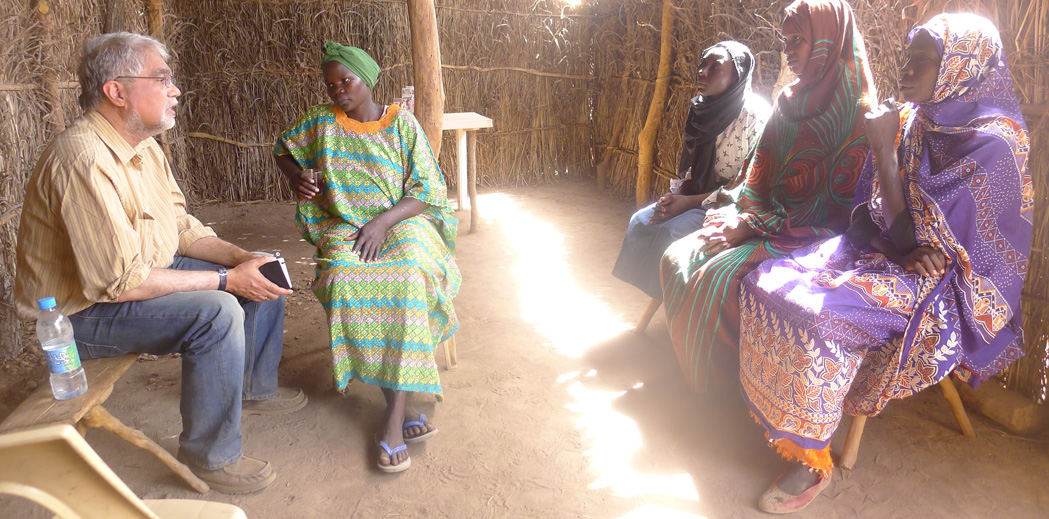Resisting the Path to Genocide

 by Mukesh Kapila
by Mukesh Kapila
The key to resisting the path to genocide is early intervention, but before one can intervene, one must have in hand detailed information and evidence. Collecting testimony after the brutality subsides has been an immensely powerful tool in changing the way people look at genocide and how to prevent it in the future. But to date, it has been of little help in real time, while crimes against humanity are actively occurring.
It is important when we are assessing what is happening on the ground to hear the voices of real people and what they are experiencing. With advances in technology, it is now possible to interview victims and share their stories across the world instantly and while there is still time to help them. The faster we hear from them directly, the more it can help in reaching our ultimate goal of early intervention.
This sounds good in principle, but collecting testimony in real time raises moral, ethical, and legal questions, which must be addressed. For example, what obligation does an interviewer have to help someone who is facing imminent danger? Are we just asking them to recount their suffering without offering practical assistance? The people we need to hear from most are likely to be in the greatest danger and have the least access to basic necessities such as food, health care, water, and sanitation.
If we need to enter a war zone to relay information, how does that make us different from what journalists? Where is the line between objective reporting and advocacy? We must always be alert to the fact that people will try to promote their own side of a story, which may not always comport with reality.
The work of Tomo Križnar, a Slovenian journalist, documentarian, and human rights activist who has been actively lobbying for peace in Sudan for over 16 years, is instructive. He, with the help of H.O.P.E. Humanitarian Foundation, a Slovenian nonprofit, handed out cameras in the Nuba Mountains of Sudan. Ordinary people were thus able to video the destruction around them, and these reports were then made accessible on the internet. This is one form of real-time testimony, and a great start. But to have the greatest impact and to reach as many people as possible, such documentation also needs infrastructure and the kind of expertise that the USC Shoah Foundation can bring. The power and global reach of the Visual History Archive, coupled with organizations and partners on the ground could create the means for many more people to be heard.
Testimony may not be limited to victims but can be taken from other involved people, whose insights could generate responsible action. As the head of the United Nations mission in Sudan in 2003–2004, I experienced vividly the genocidal violence unfolding on a daily basis in Darfur, which my United Nations colleagues back in the head office could not see. Reporting daily is comparable to an airplane’s black box, which records what the pilot is doing. If the plane crashes, you can analyze what the pilot was doing at the time of the crash. I could imagine the head of a United Nations organization or other responsible authority reporting in real time what they are witnessing. Like a personal video diary, it would provide an important record of what they knew, whom they spoke to, and the dilemmas and choices they faced on a daily basis.
However, we must be careful with what people in vulnerable situations entrust in us. There are those who could use information we gather in the wrong way. But that’s no different from the use or misuse of information at other times. It is important to follow proper rules and ensure that the person being interviewed has given his or her informed consent. While some social and technical questions must be addressed, the ability to gather real-time testimony and do it consistently would, in principle, be an enormous contribution to the area of mass-atrocity prevention.
What I know for certain, from working in the field, is that most affected people are only too ready to share their stories, because they believe that if we hear from them directly, we will take on some of their burden of suffering and do something to help them.
Just being heard may bring solace to victims. And it is remarkable how often people in intensely difficult situations are willing to tell of their experiences despite the risks to which they may expose themselves in so doing. For example, I was struck by someone’s testimony, which I listened to in Blue Nile state—a long-suffering part of Sudan that is even more forgotten than the Nuba or Darfur. I asked her what I could do for her, and she laughed and said, “What can you do for me? You’re a good man. Thanks for coming. I’m born here, and I will die here, and I worry that no one will ever know I existed or what suffering I went through. Please, can you tell the world what I am telling you? That’s enough for me.”
Like this article? Get our e-newsletter.
Be the first to learn about new articles and personal stories like the one you've just read.